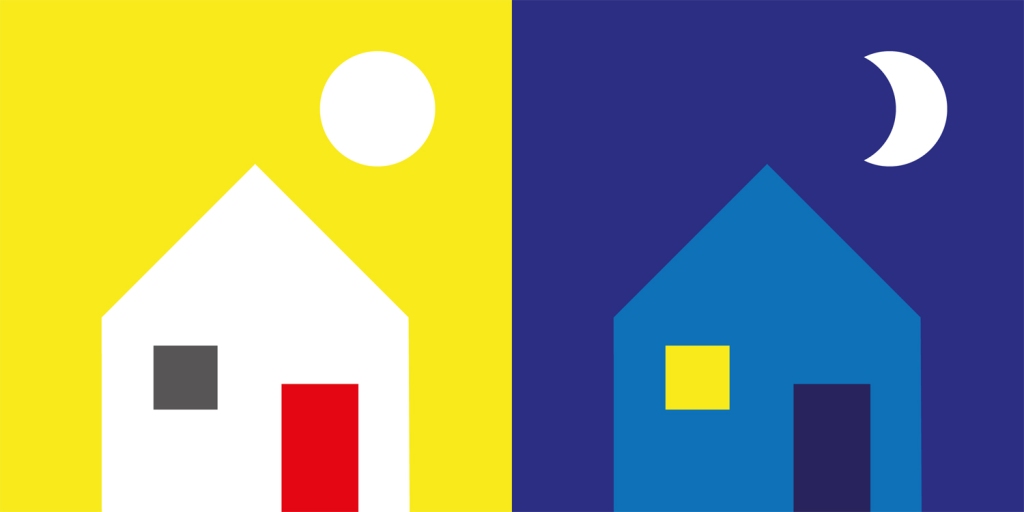A question raised today by Philips’ ‘Innovations in Light’ Group on LinkedIn
Can good lighting really help Alzheimer’s sufferers? What do you think?
My response:
Good lighting… Yes good lighting is good for all of us, but particularly for people with Alzheimers. Good lighting enables people to orientate themselves, see undulations in their path, read signage and generally help them to achieve tasks. Good lighting helps to avoid shadows that can lead to confusion/anxiety, creates good visual contrast that helps understanding of a space and particularly to avoid falls.
Another dimension to light for people with Alzheimers is orientation in terms of knowing and responding to what time of day it is. The winter is a particular challenge when it is dark so long and people with Alzheimers don’t get the easy sunrise/sunset prompts to get up or go to bed everyday and if combined with a visual impairment, they can lose total track of time. This may seem like a small matter, but the confusion that this can cause is quite intense, creating untimely emergencies, depression/wanting to stay in bed, losing sleep, losing healthy sleep pattern that creates exhaustion that stops people coping so well creating more confusion.
I’m currently looking for a ‘it’s daytime, it’s night time’ lighting solution for a family member with Alzheimers. If anyone has a solution… and has seen this particular problem solved, I’d be interested to know more. (I’m currently looking at Philips products.)
Group Response:
. . . . . . . . . . . . . . . . . . . . . . . . . . . . . . . . . . . . . . . . . . . . . . . . . . . . . . . . . . . . . . . . . . . . . . . . . . . . .
We have actionable evidence from randomized controlled trials indicating that light can improve outcomes for residents in long-term care. In Alzheimer’s disease the central nervous system begins to breakdown, including a small group of cells in the hypothalamus that keep our circadian rhythms in sync with each other and in sync with the natural light/dark cycle. This is our circadian pacemaker. Light is the prime environmental signal to the pacemaker that re-sets the circadian system each day as the seasons change. Humans evolved over Milena in a natural light/dark pattern that included bright light in the morning and darkness at night. In our modern world we live indoors in relatively dim light, which by itself will not maintain entrainment to the natural light/dark pattern. Most people are OK if they get outside and get a dose of light. However, those in long-term care do not have access to bright light at any time of day, and are often denied darkness at night. The result is circadian disruption. Symptoms include frequent napping during the day, being awake at night, depression and loss of cognitive ability.
Solutions include more time out-of-doors (often difficult for those with dementia); or an architectural lighting system that provides light of the required quantity, spectra, duration and timing.
By Michael White, LC, EDAC, LEED AP
Senior Lighting Designer at Schuler Shook;
Minneapolis, Minnesota, Design
http://www.linkedin.com/pub/michael-white-lc-edac-leed-ap/b/a09/912/
. . . . . . . . . . . . . . . . . . . . . . . . . . . . . . . . . . . . . . . . . . . . . . . . . . . . . . . . . . . . . . . . . . . . . . . . . . . . .
Link to article that prompted discussion
New study underlines role of good lighting for Alzheimer’s sufferers
Considered light levels and colours could improve Alzheimer’s care, study shows.
